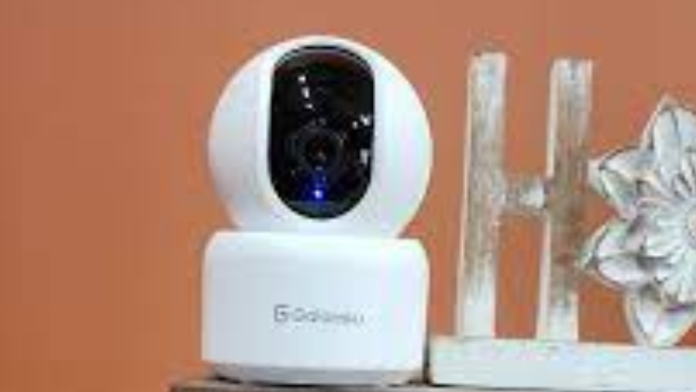Deciding the perfect number of security cameras for your property requires an intensive assessment of a few components to ensure intensive scope and productive reconnaissance. By fastidiously surveying your personal security needs and getting a handle on basic components, you’ll pinpoint the exact number of cameras required for establishment. Cautious thought of your property’s estimate, format, and potential vulnerabilities is foremost.
Distinguishing high-risk ranges, such as section focuses or dazzle spots, helps in deliberately putting cameras for the most extreme scope. Also, understanding your observation targets, whether it’s observing open-air spaces or securing particular regions, guides the camera arrangement preparation. Besides, variables like camera field of see, cover, and lighting conditions play essential parts in deciding the number and situation of cameras.
Comprehensive Observation: A Direct to Deciding the Number of Security Cameras Required
Deciding the number of security camera kit required for your property includes cautious thought of different variables to guarantee comprehensive scope and effective surveillance. By evaluating your particular security necessities and understanding key contemplations, you’ll be able to decide the ideal number of cameras to introduce. Here’s a nitty gritty direct to assist you make an educated choice:
Assess Property Estimate and Format
Consider the measure and format of your property, counting the number of passage focuses, open-air regions, and potential dazzle spots. Bigger properties may require more cameras to guarantee total scope, whereas smaller properties may suffice with fewer cameras deliberately put in.
Distinguish Helpless Ranges
Distinguish powerless ranges such as passages, windows, carports, and terrace spaces where unauthorized access or suspicious action may happen. These ranges ordinarily require closer reconnaissance and may require the establishment of different cameras for ideal scope.
Survey Security Dangers
Survey potential security dangers particular to your property, such as past episodes of burglary, vandalism, or trespassing. High-risk ranges or zones with a history of security breaches may require extra cameras to hinder and screen suspicious movement successfully.
Decide Reconnaissance Goals
Characterize your reconnaissance goals and needs, whether it’s observing open-air areas, securing entry focuses, or capturing permit plates of vehicles entering your property. Tailor the number and arrangement of cameras to adjust together with your observation objectives.
Consider the Camera Field of See
Consider the field of see (FOV) of each camera and its scope zone based on variables such as central length, focal point, and mounting height. Select cameras with wide-angle focal points or movable FOV to maximize coverage without compromising picture clarity.
Account for Camera Cover
Account for camera cover to play down dazzle spots and guarantee consistent movement between camera scope regions. Position cameras deliberately to supply covering scope, particularly in basic zones where ceaseless checking is fundamental.
Optimize Camera Arrangement
Optimize camera arrangement for most extreme permeability and reconnaissance adequacy. Introduce cameras at key vantage focuses to capture clear and unhampered sees of focused ranges while minimizing potential obstacles such as trees, bushes, or structures.
Consider Indoor and Open air Scope
Separate between indoor and open-air observation necessities and distribute cameras in like manner. Indoor cameras may center on checking entryways, common regions, or resources, whereas open-air cameras may cover edge boundaries, carports, and open-air resources.
Figure in Lighting Conditions
Consider lighting conditions and natural variables that will influence camera execution, such as moo light, glare, or unforgiving climate conditions. Select cameras prepared with night vision, infrared LEDs, or WDR (Wide Energetic Extend) to preserve permeability in challenging lighting situations.
Look for Proficient Exhortation
Counsel with security specialists or proficient installers to survey your security needs, prescribe appropriate camera setups, and give customized arrangements custom fitted to your property format and observation prerequisites.
Conclusion
By carefully evaluating these components and considering your particular security needs, you’ll determine the ideal number of security cameras required to defend your property successfully. Contributing within the right reconnaissance framework guarantees upgraded security, peace of intellect, and proactive security against potential dangers.







